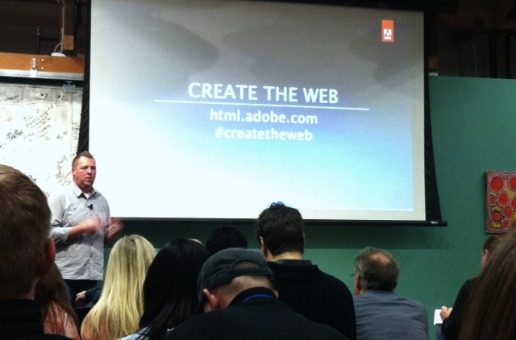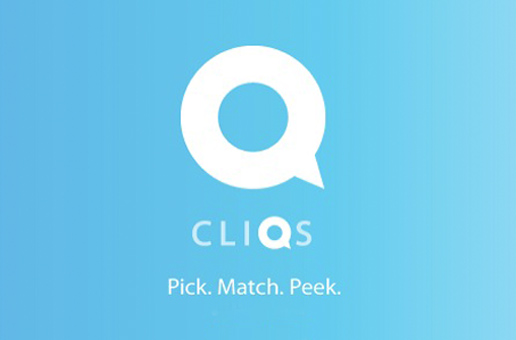As the final leg of Adobe’s Create The Web Tour draws near, one question remains in the front of web designers’ minds around the world: is Flash dead? The answer is no, according to Adobe team, as the crowd snickered during the company’s last U.S. presentation in Portland, Oregon before heading overseas.
The Create The Web Tour is focused on the future of Adobe’s Creative Suite products, including Edge tools and services, rather than on products that are falling out of favor in the web development and design community. Still, the Flash question remains even as Apple’s mobile product offerings continue to expand without the ability to run Flash. While the “no” was almost a non answer and delivered with a nervous grin by the presenters, there were points in the presentation that did excite the skeptical Portland crowd last week.
Here are a few of the lessons gleaned from Adobe’s global tour:
Lesson 1: Adobe Edge products are embracing the future of the web: mobile.
Adobe presented Edge tools and services, which are laser focused on one specific task and optimized for creating mobile-ready web content and apps. Here is a list of Adobe Edge tools and services that the tour hopes to generate excitement around:
1) Adobe Edge Animate – Creates animation on the web with web standards in HTML, CSS, Javascript. If you want to animate on the web for mobile, that is a problem now that Flash can’t run on Apple devices. Now Adobe Edge Animate bridges the gap between creativity and code.
2) Adobe Edge Inspect – Preview and inspect your web designs on mobile devices.
3) PhoneGap – A free and open source framework that allows you to create mobile apps using standardized web APIs for the platforms you care about. The BBC used PhoneGap for its Olympics news coverage app.
4) Adobe PhoneGap Build – Auto builds all the installers you need to deploy apps on iOS, Android, Windows Phone, Blackberry, webOS, and Symbian devices, by building apps with web technologies.
5) Brackets – An open source code editor for the web, written in JavaScript, HTML and CSS.
6) Adobe Edge Code – A distribution of the Brackets open source project. Adobe Edge Code works fast with an innovative code editor that also works well with other Edge tools and services.
7) Adobe Edge Web Fonts – A font service that provides access to 500 free web fonts.
8) Adobe Edge Reflow – Make responsive web apps and create truly responsive layouts thanks to an intuitive user interface. Design simultaneously for all screen sizes without sacrificing quality or capability.
Lesson #2: Web designers and print designers can now happily work together thanks to Adobe’s new web standards.
The Adobe team also discussed the company’s dedication to helping web designers create magazine quality layouts with new CSS web standards. CSS Regions lets designers express magazine-like layouts with simple CSS, while CSS Exclusions helps designers create islands of text for richer layouts. CSS Custom Filters allows designers to easily display cinematic effects for the web.
Lesson #3: Adobe is still viewed by many web designers and developers as “a necessary evil”.
No matter how many eye rolls you see at an Adobe event when the subjects of Flash or paying for software come up, you’ll always get a “but I love Photoshop” at the end of a complaint. Adobe is a software giant that makes products that help us make the web beautiful. Mo matter how much you loathe their business models, chances are you use at least one Adobe product to get your work done each day. Adobe’s role in web design isn’t shrinking any time soon.
Lesson #4: Hate the player, don’t hate the game.
It’s still cool to hate on Adobe in general, but don’t hate on their overall role in web design. Sure, people may have come out to the Create The Web Tour to simply be annoying by asking their condescending questions about Flash in public, but they still use Adobe and care about the company’s next moves.










